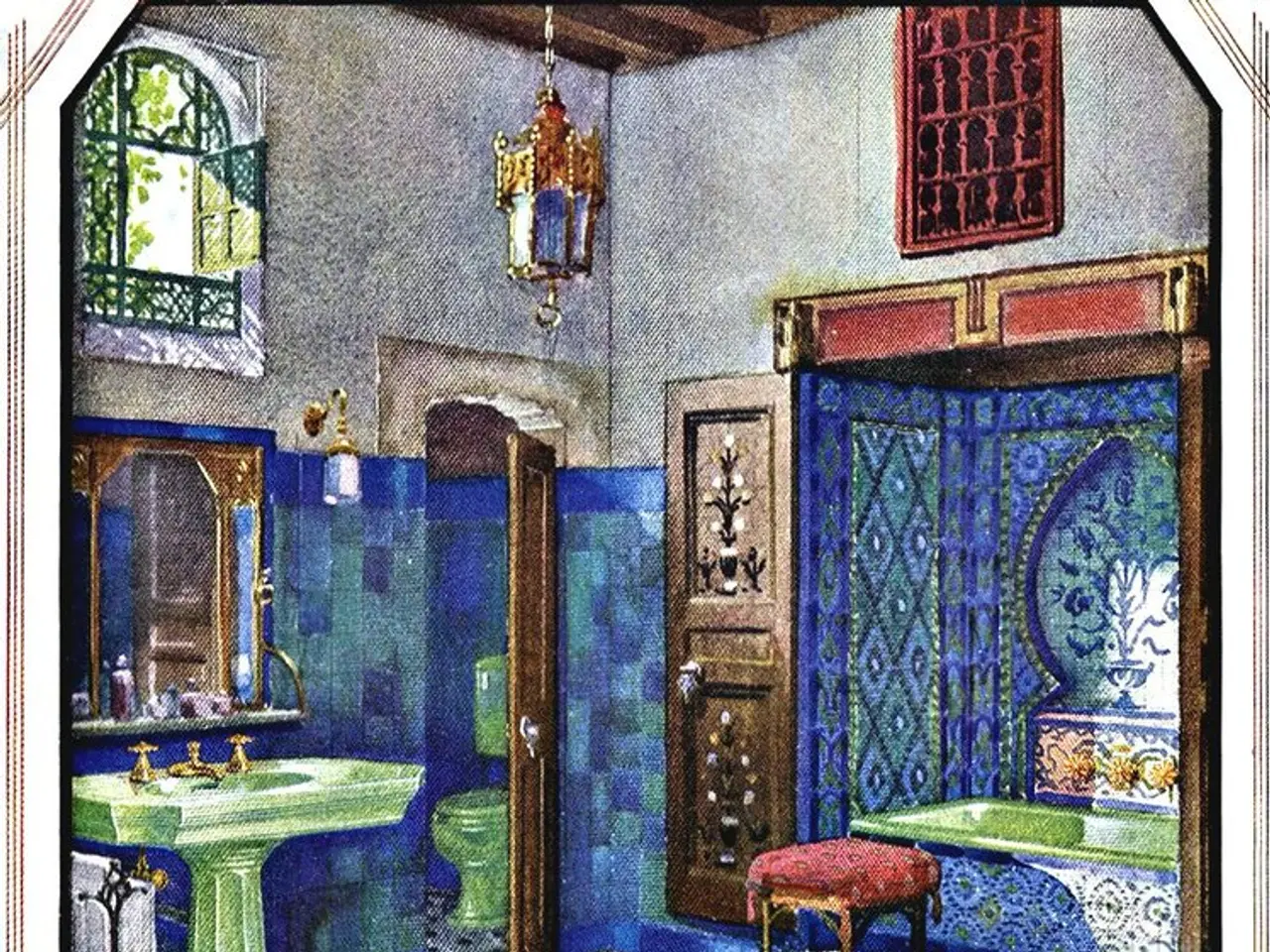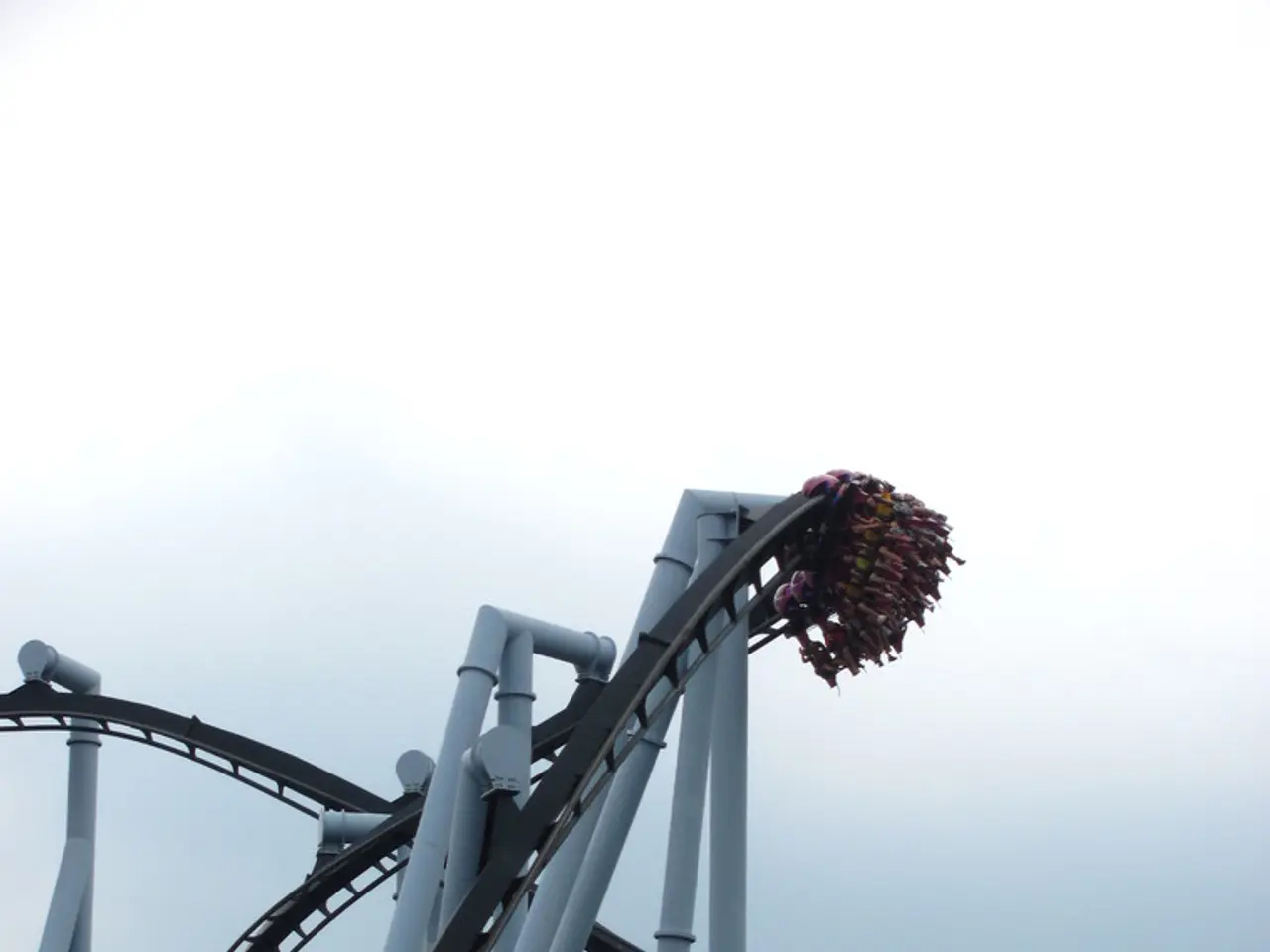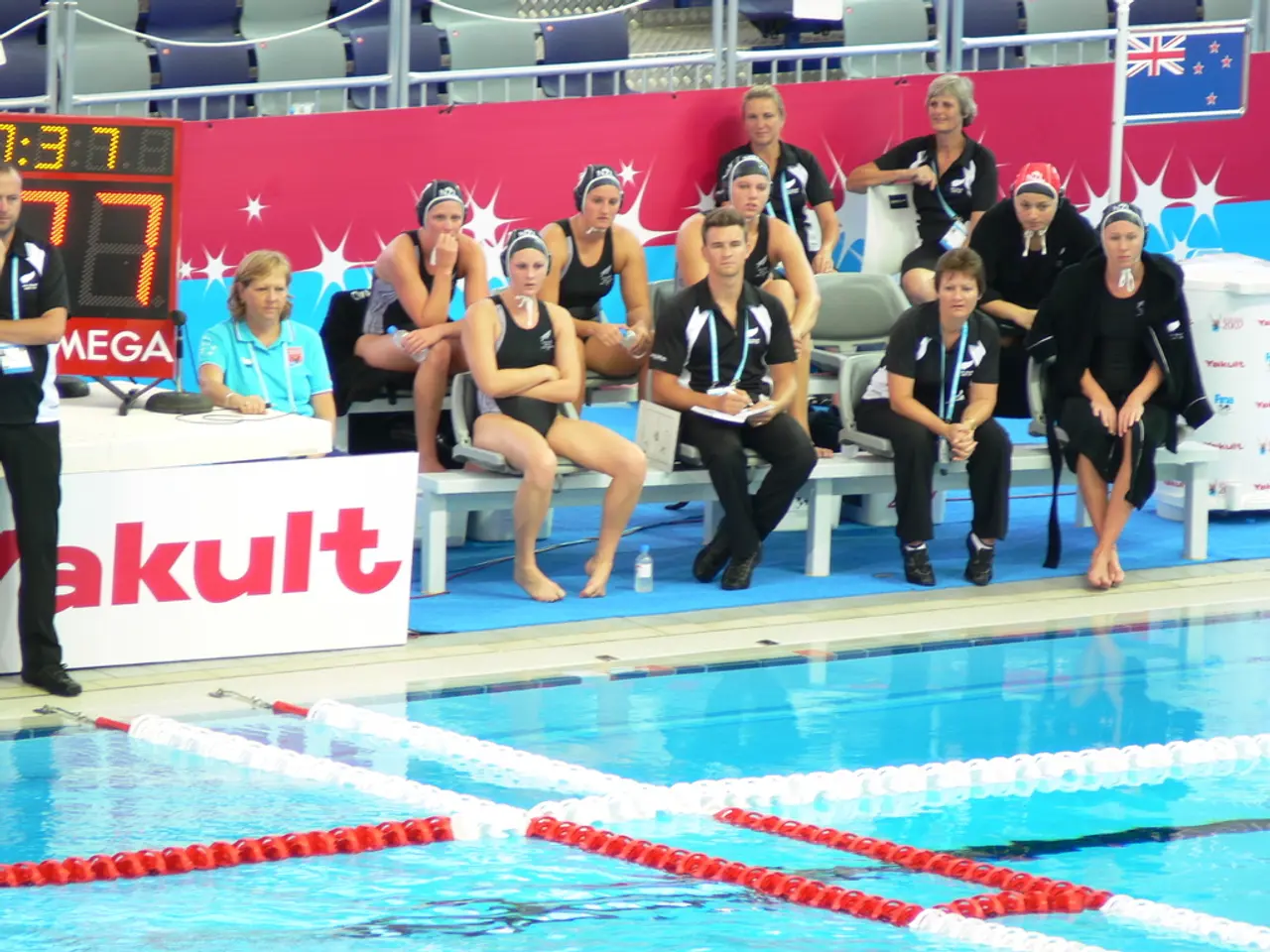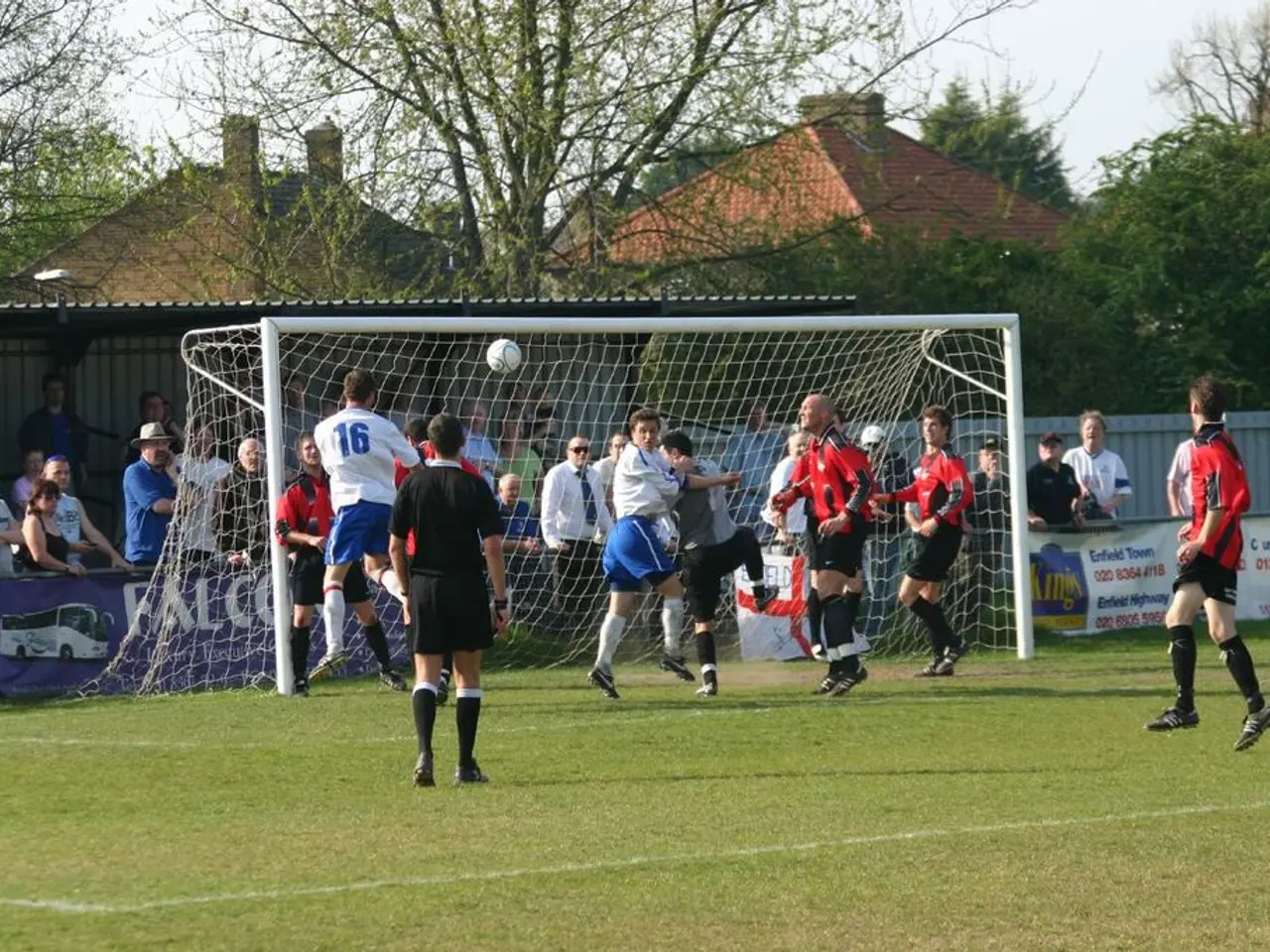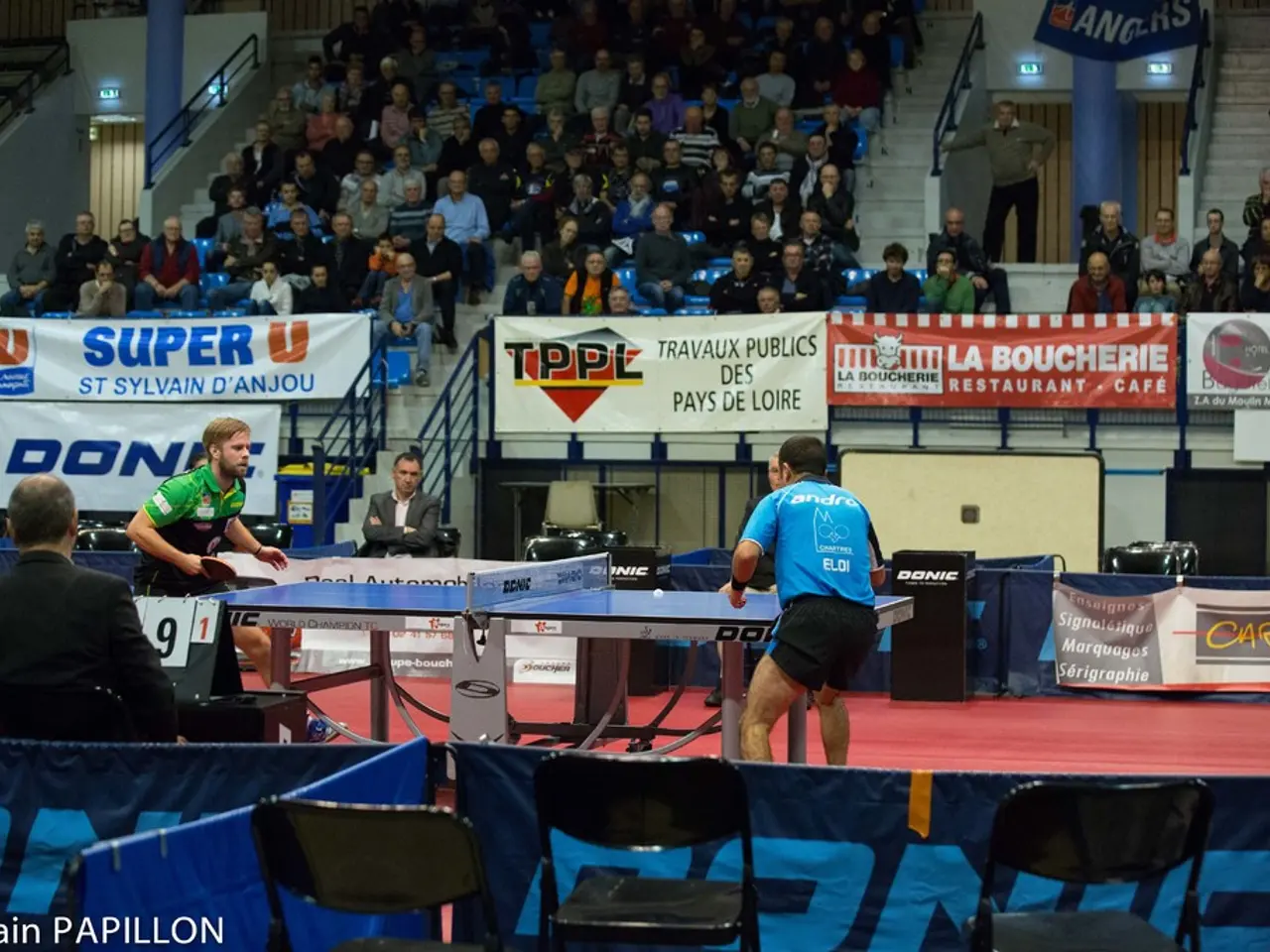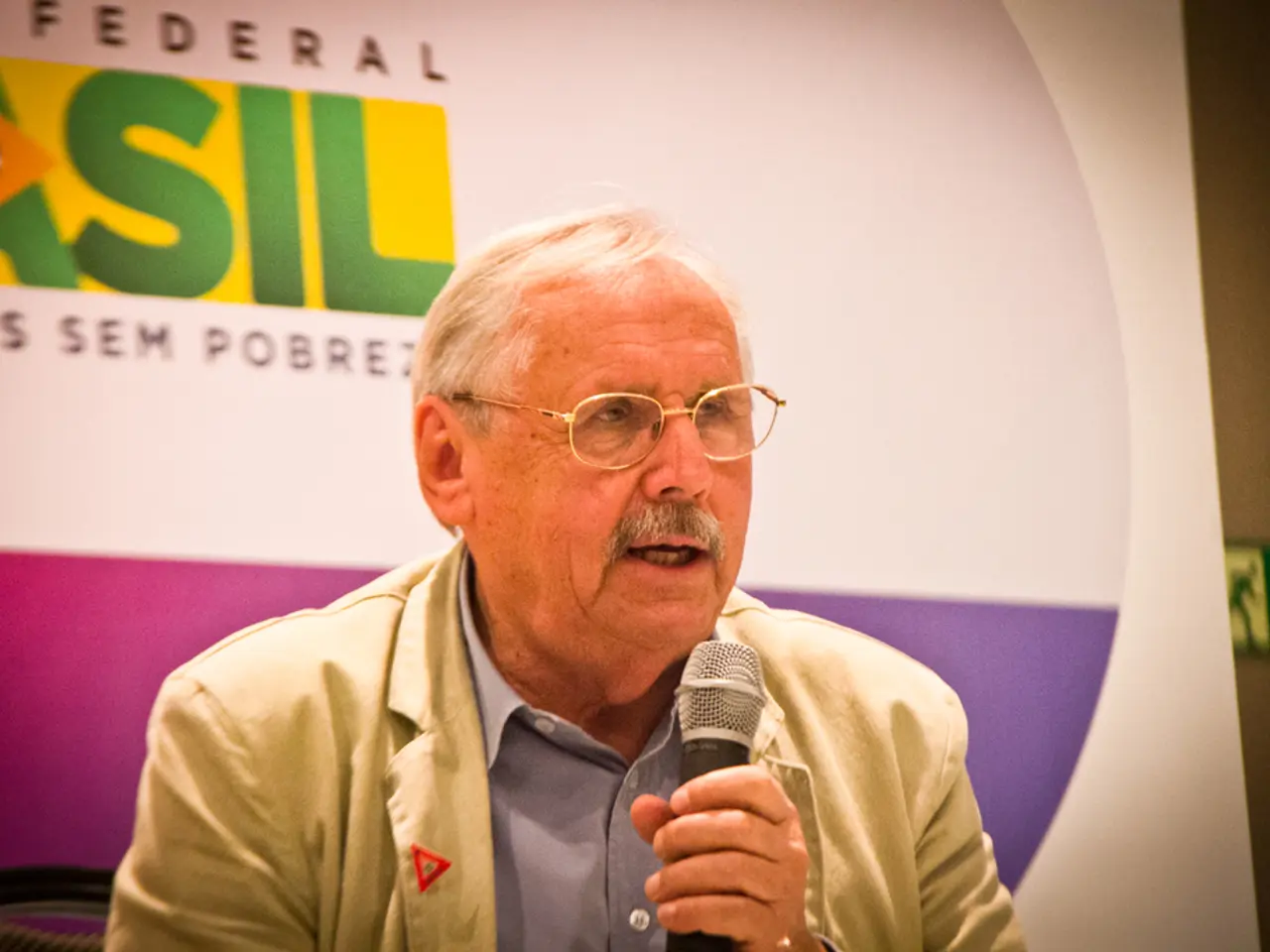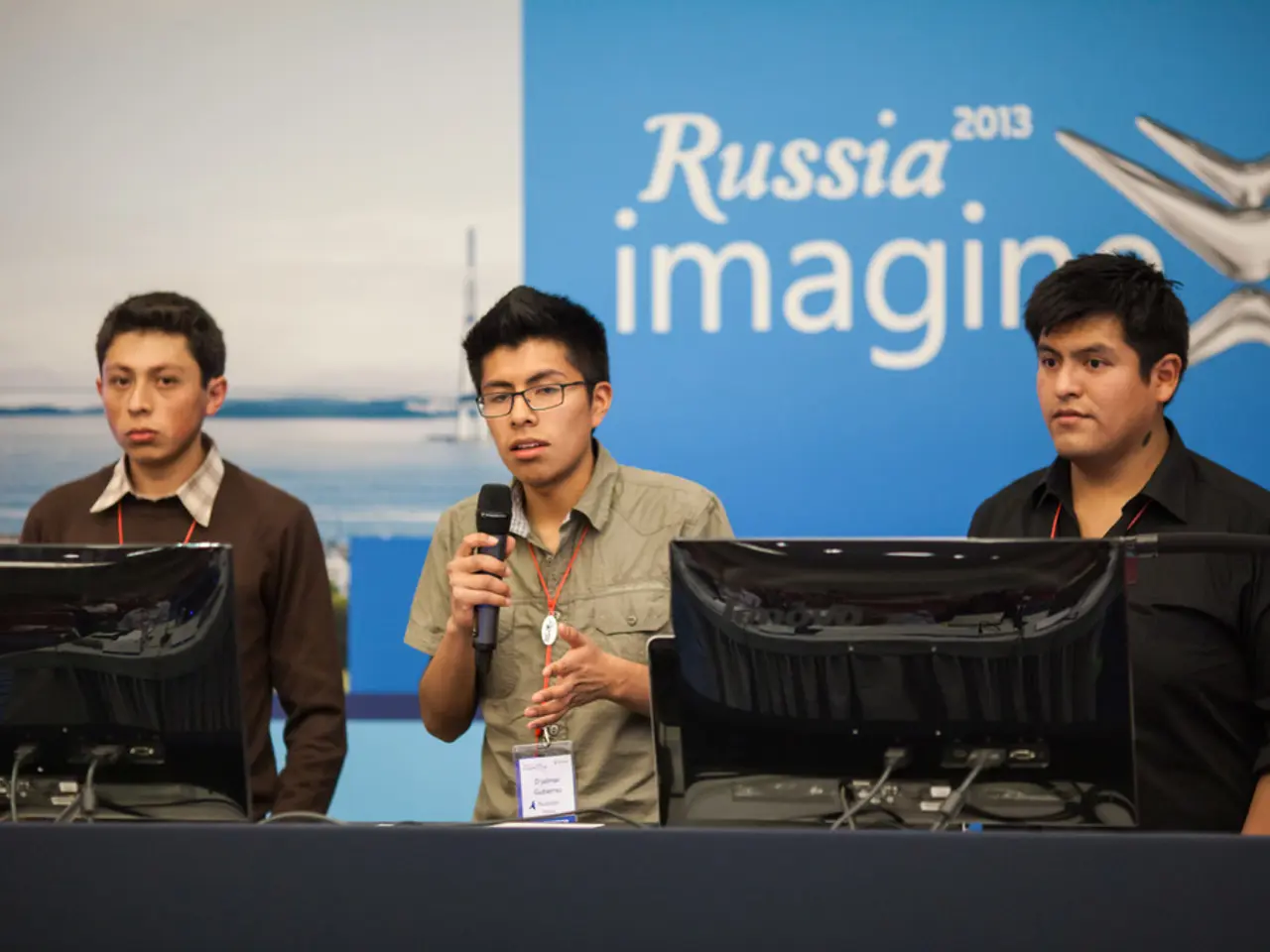Enhancing Strategic Alliances between UAE and the US
In a significant development, U.S. Secretary of Energy Chris Wright completed his first official international visit to the United Arab Emirates (UAE). The visit, marked as a milestone since Secretary Wright assumed office, underscored growing opportunities for U.S.-UAE collaboration in energy, artificial intelligence (AI), infrastructure, and manufacturing.
During his tour, Secretary Wright visited critical energy assets, including the Barakah Nuclear Energy Plant, developed under the UAE-U.S. 123 Agreement, and the Shah Gas Field, operated in partnership with U.S.-based Occidental. The aim was to boost energy efficiency and market stability.
The Barakah Nuclear Energy Plant, a testament to the U.S.-UAE partnership, is set to expand its nuclear capacity by quadrupling it through the deployment of advanced AP1000 reactors. This ambitious plan, spearheaded by the Emirates Nuclear Energy Company (ENEC) and U.S. nuclear firm Westinghouse, is a strategic move towards a future of sustainable growth and energy resilience.
The energy collaboration also extends to traditional oil and gas, with Abu Dhabi National Oil Company (ADNOC) investing $150 billion to raise crude production and expand LNG capacity, partly through partnerships with U.S. companies.
On the AI and manufacturing fronts, while explicit details are less specified, the investment synergy via sovereign funds and U.S. private investors in clean-tech innovation strongly indicates integration of AI technologies to optimize energy systems and infrastructure development. The "energy-AI nexus" entails employing AI to enhance renewable energy efficiency, grid management, manufacturing processes, and infrastructure resilience, critical for scaling clean and nuclear energy projects.
ADNOC's international investment arm, XRG, is poised to meet the rising energy demands of AI. The Al Dhafra Solar PV IPP project, a focus during Secretary Wright's tour, is a prime example of the UAE's leadership in clean energy and innovation.
Secretary Wright praised ADNOC's "high-performing, technology-driven" operations and held high-level meetings with key UAE officials, including Dr. Sultan Ahmed Al Jaber, Suhail Mohamed Al Mazrouei, Mohamed Alsuwaidi, Mariam Almheiri, and Yousef Al Otaiba. The discussions centered on energy, infrastructure, AI integration, and investment.
Dr. Al Jaber emphasized the importance of the partnership between the U.S. and UAE, stating that the current status of U.S.-UAE collaboration is robust and multifaceted, focusing heavily on clean energy, nuclear energy, and technology investment, with a strategic emphasis on the energy-AI nexus to innovate and future-proof economies.
Both the U.S. and UAE emphasized the importance of adopting advanced technologies for cost-competitive, secure energy supplies. The U.S.-UAE partnership, with its landmark commitments under the Partnership for Accelerating Clean Energy (PACE) and civilian nuclear collaboration, is a significant step towards a sustainable future.
In conclusion, the U.S.-UAE collaboration is characterized by a high level of strategic investment and technological partnerships aimed at accelerating clean and nuclear energy deployment, increasing energy security, and integrating AI-driven innovation, particularly at the intersection of energy systems and infrastructure modernization, with planned expansions through 2035 and 2050. Both the U.S. and UAE are well-positioned to shape a future of sustainable growth and energy resilience.
- The U.S.-UAE partnership, spearheaded by leaders like Secretary Wright and Dr. Sultan Al Jaber, is focusing on collaboration in areas such as clean energy, nuclear energy, and technology investment, with a strategic emphasis on the "energy-AI nexus" to innovate and future-proof economies.
- To secure a sustainable future, both governments are emphasizing the adoption of advanced technologies for cost-competitive, secure energy supplies, with discussions centered on AI integration, energy efficiency, and infrastructure modernization.
- Beyond the energy sector, the collaboration between the UAE and the U.S. extends to sectors like AI and manufacturing, with integration of AI technologies to optimize energy systems and infrastructure development.
- Pace-setting investments in projects like the Al Dhafra Solar PV IPP and the Barakah Nuclear Energy Plant demonstrate the commitment of both countries to increasing energy security, developing innovative technologies, and expanding renewable energy capacities to meet the demands of the future.
